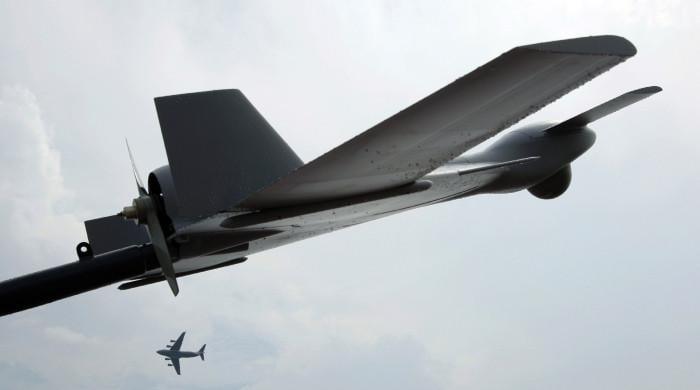The Pakistani army has announced that it intercepted and neutralized more than two dozen Indian drones that crossed the border from last night.
When heading to a press conference on Thursday morning, the general director of Public Relations between Services (ISPR), Lieutenant General Ahmed Sharif Chaudhry, said that the fallen Indian aircraft included ‘sophisticated Harop drones, a lodging system developed by Israel Aerospace Industries (IAI).
The main army spokesman also showed a series of images during the news session of the press that showed the debris of the drones. The locations where drones include Karachi and Lahore, indicating a significant depth of the incursion.
However, he assured the nation that the armed forces were on a maximum alert and actively dedicated themselves to neutralizing more threats.
According to the IAI website, Harop Drone is a double capacity system that can pass the passage of a battlefield and attack objectives in command.
It is particularly observed for its ability to aim at enemy aerial defenses and other critical assets. This type of drone blurs the lines between a traditional unmanned aerial vehicle (UAV) and a missile, which has self -propelled flight capacities and the option of autonomous or manual operations.
If an objective is not committed, the Harop can return to the base and land. Its design allows the launch of land boats or aerial platforms.
Harop Drone has a documented history of conflict use, especially by Azerbaijan against Armenia in the Nagorno-Karabakh conflict in 2016 and 2020.
It was supposedly used in attacks that resulted in casualties and the destruction of military vehicles. In addition, the drone has been deployed in the Syrian conflict, with successful strike claims against Syrian air defenses and the armed forces.
There are also suggestions that Turkiye may have been one of the first to adopt the system.




